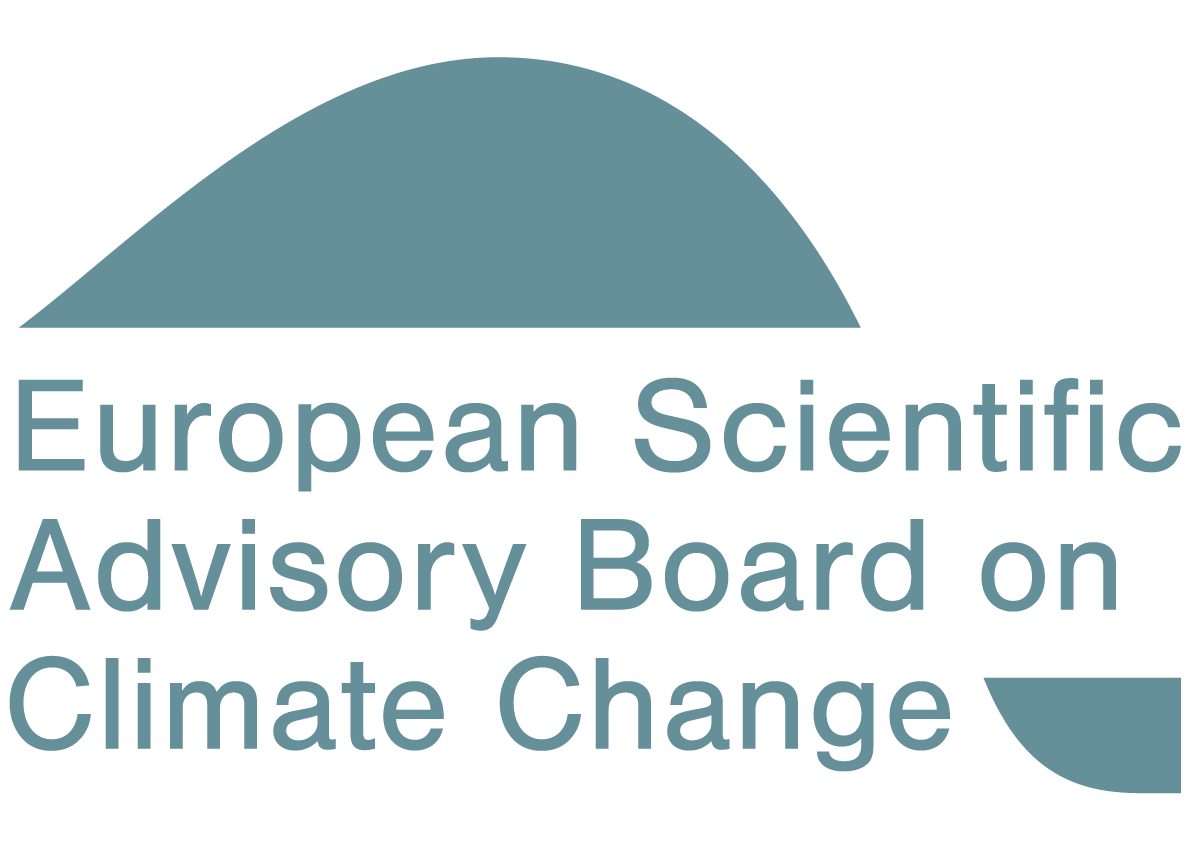All official European Union website addresses are in the europa.eu domain.
See all EU institutions and bodiesThe European Scientific Advisory Board on Climate Change found that the draft scenarios for long-term energy infrastructure planning and development at EU level are not compatible with the EU’s climate 2030 targets for energy and climate and its 2050 climate neutrality objective.
In its advice “Towards climate neutral and resilient energy networks across Europe - advice on draft scenarios under the EU regulation on trans-European energy networks” released today, the EU’s scientific advisory body on climate change provides European institutions with its assessment of the draft joint scenarios that help the EU identify and select energy infrastructure development projects that could benefit from financial and regulatory support.
The Advisory Board assessed the draft scenario report and underlying data jointly published on 22 May 2024 by European transmission system operators, ENTSO-E and ENTSOG. The assessment revealed several methodological issues with the draft scenarios, including inadequate carbon budget calculation and use of outdated climate data.
Prof. Ottmar Edenhofer, Chair of the European Scientific Advisory Board on Climate Change, commented: “The draft joint scenarios are at the heart of EU’s energy network development process. They represent the foundation for planning and adapting the EU’s energy infrastructure in a way that supports a rapid electrification and a phase-out of fossil fuels. Unfortunately, the scenarios are not fit for purpose as they contain critical inconsistencies with EU’s climate neutrality objectives.”
EU’s greenhouse gas emission budget overshoot
In the draft scenarios, the calculation of net greenhouse gas emissions in the EU over the period 2030-2050 is flawed: greenhouse gas emissions are underestimated, while the mitigation potential of carbon capture and storage (CCS) is overestimated. As much as 2 Gt CO2e of industrial process emissions have been omitted from the calculation: this represents more than 10% of the net greenhouse gas cumulative emissions over the period 2030-2050. In addition, part of the quantities of captured CO2 during that period should (up to 1.4 Gt CO2e) have been accounted as utilised (CCU) instead of stored (CCS), and therefore cannot be considered as permanently removed from the atmosphere.
If used as the basis for strategic investment decisions in their current form, these scenarios could put the EU at risk of overshooting its recommended share of the global greenhouse gas budget through excessive CO2 emissions from the energy sector. In addition, the draft scenarios do not consider the impacts of changing climate on energy infrastructure.
Prof. Lena Kitzing, member of the European Scientific Advisory Board on Climate Change, commented: ‘’Not only is the carbon budget calculation inadequate, but the draft joint scenarios also build on 15- to 30-year-old climatic data, which do not reflect current and projected climate conditions, such as stronger and more frequent droughts and floods. This means that the EU’s energy infrastructure risks becoming increasingly vulnerable to climate impacts. Instead, the scenarios should drive investments in an infrastructure that is more resilient and less exposed to climate risks”
Hidden costs of the energy transition
Several input assumptions of the draft joint scenarios seem implausible. This is particularly the case for the costs of hydrogen production and CCS deployment, which are not fully captured by the investment model underpinning the scenarios. The costs of CCS are omitted altogether, even though the scenarios assume it is widely used to decarbonise hydrogen production from fossil gas by 2030. The assumed capital investment costs for hydrogen production, as well as costs of imported green hydrogen, seem overly optimistic.
There is therefore a risk that the cost optimisation in the scenarios modelling overlooks more energy- and cost-efficient solutions, such as direct electrification. Besides costs, high dependency on uncertain hydrogen imports further puts at risk the EU’s strategic autonomy.
Inadequate transparency, timeliness and participation
While the overall transparency of the 2024 scenario building process has improved compared to previous cycles, access to the main model is not open. The delays in the publication of the joint draft scenarios makes it harder for stakeholders’ input to come in time for the finalisation of the scenarios.
